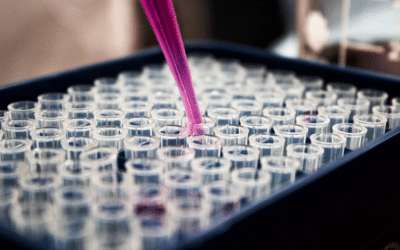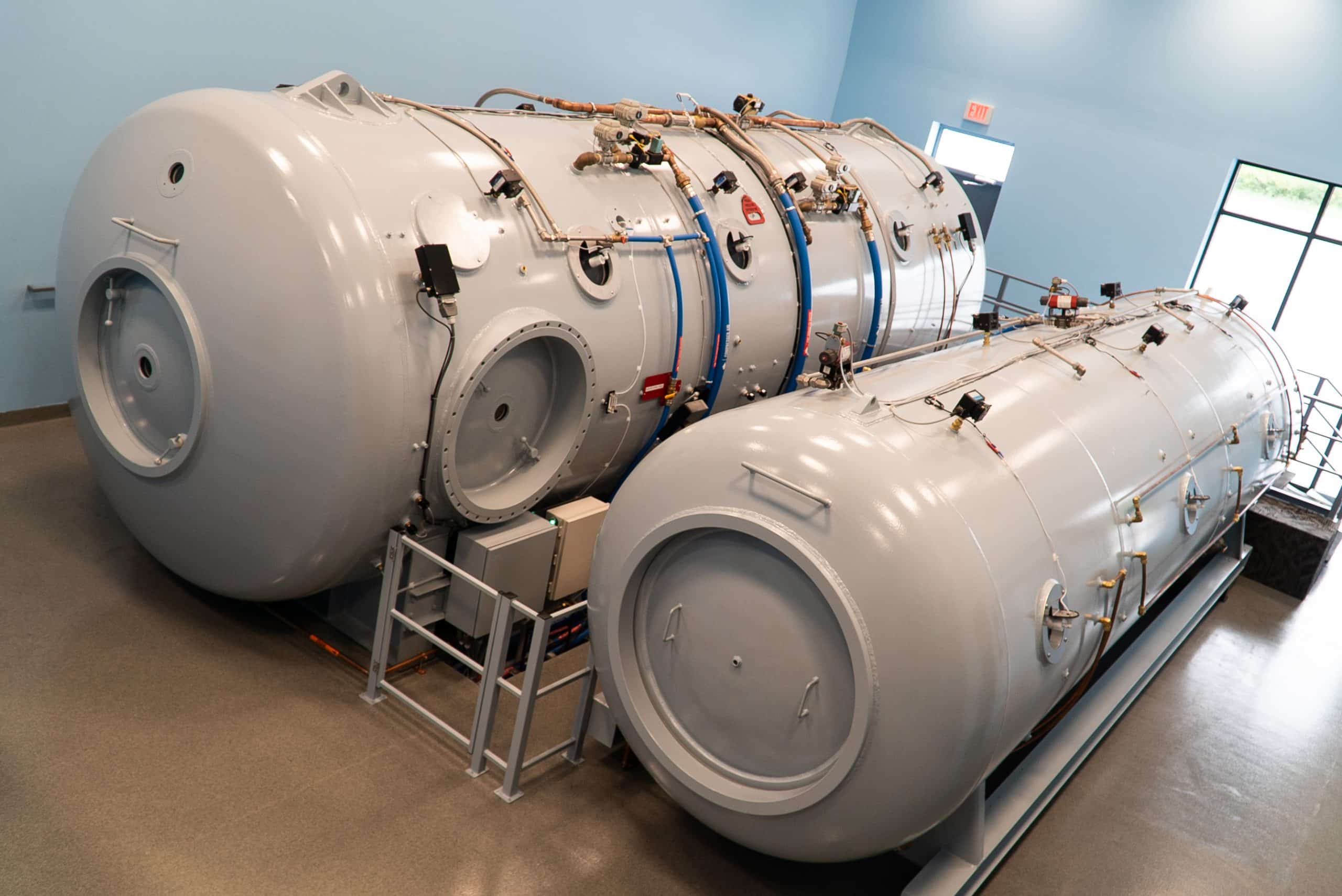Rheumatoid Arthritis
Rheumatoid Arthritis (RA) is an autoimmune disease that causes severe joint pain, stiffness, and swelling (1). Although the exact pathology of RA remains unclear, the root cause of RA symptoms is inflammation of the joints, most commonly joints in the hands and feet (2). Current treatment for RA consists of medications such as nonsteroidal anti-inflammatory drugs (NSAIDs), steroids, disease-modifying antirheumatic drugs (DMARDSs), and biologic agents (3). The main target for all these drugs is inflammation reduction, but each drug has many potential side effects including heart, kidney, and liver damage, increased risk of infection, and stomach issues(3, 4).
Extivita Therapies for Rheumatoid Arthritis:
Extivita Therapies for Rheumatoid Arthritis:
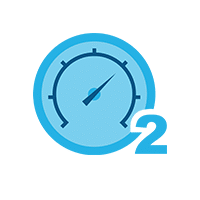
Hyperbaric Oxygen Therapy
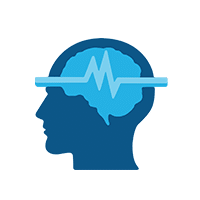
Neurofeedback

Supplements

Nutritional IV Therapy

Pulsed Electromagnetic Field Therapy
Hyperbaric Oxygen Therapy for Rheumatoid Arthritis:
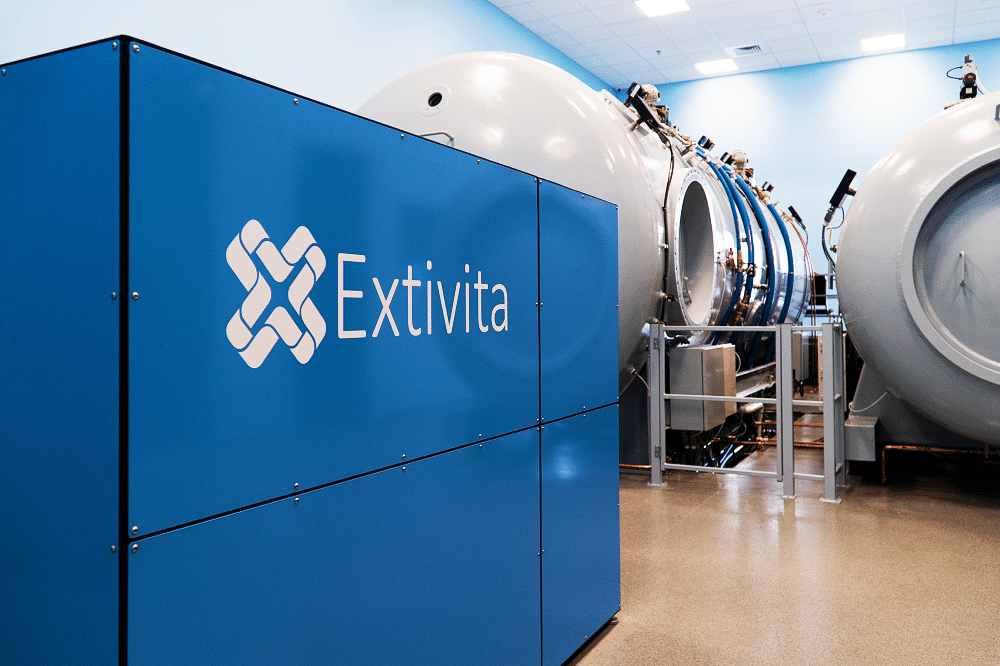
Effects of HBOT on Rheumatoid Arthritis:
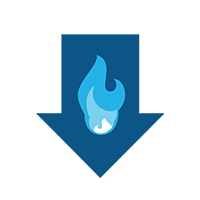
Decreased Inflammation
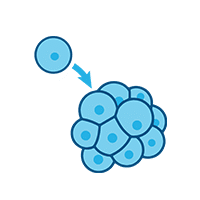
Increased Stem Cell Activity

New Blood Vessel Formation
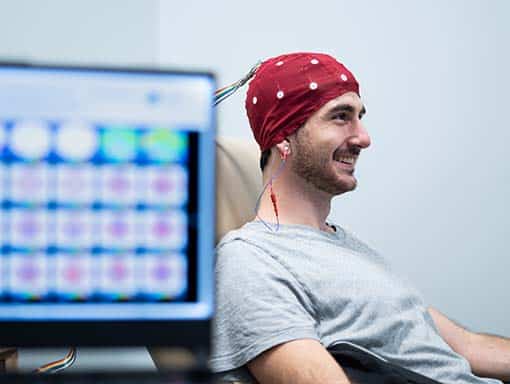
Neurofeedback for Rheumatoid Arthritis:
According to research, RA symptoms can worsen due to the emotional distress from living with a chronic illness. Studies have also shown that the brain and the immune system are linked, therefore neurofeedback (NF) may have the potential to reduce RA symptoms (13). More specifically, NF training can help repair neural connectivity and thus support immune system function. In addition, NF training has been shown to reduce psychological/emotional factors such as stress, anxiety, depression that accompany RA, thereby reducing medication regimen and improving quality of life (14).
IV Therapy for Rheumatoid Arthritis:
The development of RA has been shown to involve excessive free radical formation and a compromised antioxidant system (15). Intravenous micronutrient therapy, like the Myers cocktail and High Dose Vitamin C, can protect cells from damage by free radicals and reactive oxygen species and support collagen formation (16).

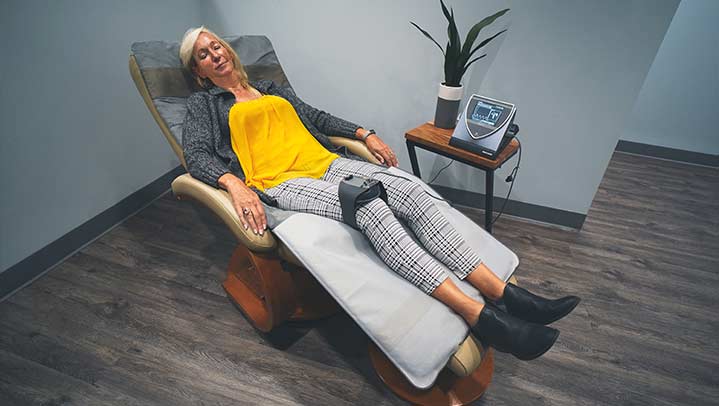
Pulsed Electromagnetic Field Therapy for Rheumatoid Arthritis:
Rheumatoid arthritis patients have been shown to have endothelial dysfunction. Endothelial dysfunction ultimately leads to impaired microcirculation, increasing the RA patient’s risk of cardiovascular disease (17). Pulsed electromagnetic therapy is a safe, non-invasive method that can reduce vascular dysfunctions, protect joints, and alleviate pain and inflammation related to RA (18).
News & Research for for Rheumatoid Arthritis:
Selective spleen tyrosine kinase inhibition delays autoimmune arthritis in mice.
Abstract: Spleen tyrosine kinase (SYK) has an important role in immunoreceptor signaling, and SYK inhibition has accordingly attenuated immune-mediated injury in several models. Therefore, the present study examined the effect of SYK inhibition with the selective...
Chronic Leg Ulcers in Adult Patients with Rheumatological Disease, A 7-Year Retrospective Review
Chia HY, Tang MB. Chronic leg ulcers in adult patients with rheumatological disease, a 7-year retrospective review. Int. Wound 2014; 11(6):601-4. doi:10.111/jwj.12012. Epub 2012 Dec 12.
Acquiring the optimal time for hyperbaric therapy in the rat model of CFA induced arthritis.
Abstract: We previously published an article about the pressure effect using a rheumatoid animal model. Hyperbaric therapy appears to be beneficial in treating rheumatoid arthritis (RA) by reducing the inflammatory process in an animal model. In this sense, acquiring...
References
- Diseases and Conditions Rheumatoid Arthritis. https://www.rheumatology.org/I-Am-A/Patient-Caregiver/Diseases-Conditions/Rheumatoid-Arthritis. Accessed 23 July 2020.
- Zhang, Angela, and Yvonne C. Lee. “Mechanisms for Joint Pain in Rheumatoid Arthritis (RA): From Cytokines to Central Sensitization.” Current Osteoporosis Reports, vol. 16, no. 5, Oct. 2018, pp. 603–10. PubMed Central, doi:10.1007/s11914-018-0473-5.
- Rheumatoid Arthritis – Diagnosis and Treatment – Mayo Clinic. https://www.mayoclinic.org/diseases-conditions/rheumatoid-arthritis/diagnosis-treatment/drc-20353653. Accessed 23 July 2020.
- Benjamin, Onecia, et al. “Disease Modifying Anti-Rheumatic Drugs (DMARD).” StatPearls, StatPearls Publishing, 2020. PubMed, http://www.ncbi.nlm.nih.gov/books/NBK507863/.
- Heyboer, Marvin, et al. “Hyperbaric Oxygen Therapy: Side Effects Defined and Quantified.” Advances in Wound Care, vol. 6, no. 6, June 2017, pp. 210–24. PubMed Central, doi:10.1089/wound.2016.0718.
- Thom, Stephen R. “Hyperbaric Oxygen – Its Mechanisms and Efficacy.” Plastic and Reconstructive Surgery, vol. 127, no. Suppl 1, Jan. 2011, pp. 131S-141S. PubMed Central, doi:10.1097/PRS.0b013e3181fbe2bf.
- Godman, Cassandra A., et al. “Hyperbaric Oxygen Treatment Induces Antioxidant Gene Expression.” Annals of the New York Academy of Sciences, vol. 1197, June 2010, pp. 178–83. PubMed, doi:10.1111/j.1749-6632.2009.05393.x.
- Sun, Lei, et al. “Effect of Hyperbaric Oxygen Therapy on HMGB1/NF-ΚB Expression and Prognosis of Acute Spinal Cord Injury: A Randomized Clinical Trial.” Neuroscience Letters, vol. 692, 23 2019, pp. 47–52. PubMed, doi:10.1016/j.neulet.2018.10.059.
- Liu, Su, et al. “Hyperbaric Oxygen Alleviates the Inflammatory Response Induced by LPS Through Inhibition of NF-ΚB/MAPKs-CCL2/CXCL1 Signaling Pathway in Cultured Astrocytes.” Inflammation, vol. 41, no. 6, Dec. 2018, pp. 2003–11. PubMed, doi:10.1007/s10753-018-0843-2.
- Meng, Xiang-En, et al. “Hyperbaric Oxygen Alleviates Secondary Brain Injury After Trauma Through Inhibition of TLR4/NF-ΚB Signaling Pathway.” Medical Science Monitor, vol. 22, International Scientific Information, Inc., Jan. 2016, pp. 284–88. www.medscimonit.com, doi:10.12659/MSM.894148.
- Sweeney, Susan E., and Gary S. Firestein. “Rheumatoid Arthritis: Regulation of Synovial Inflammation.” The International Journal of Biochemistry & Cell Biology, vol. 36, no. 3, Mar. 2004, pp. 372–78. ScienceDirect, doi:10.1016/S1357-2725(03)00259-0.
- Slade, John B., et al. “Pain Improvement in Rheumatoid Arthritis with Hyperbaric Oxygen: Report of Three Cases.” Undersea & Hyperbaric Medicine: Journal of the Undersea and Hyperbaric Medical Society, Inc, vol. 43, no. 4, Aug. 2016, pp. 467–72.
- Dantzer, Robert. “Neuroimmune Interactions: From the Brain to the Immune System and Vice Versa.” Physiological reviews vol. 98,1 (2018): 477-504. doi:10.1152/physrev.00039.2016
- Blaskovits, Farriss1; Tyerman, Jane1; Luctkar-Flude, Marian2,3 Effectiveness of neurofeedback therapy for anxiety and stress in adults living with a chronic illness: a systematic review protocol, JBI Database of Systematic Reviews and Implementation Reports: July 2017 – Volume 15 – Issue 7 – p 1765-1769 doi: 10.11124/JBISRIR-2016-003118
- Mateen, Somaiya et al. “Increased Reactive Oxygen Species Formation and Oxidative Stress in Rheumatoid Arthritis.” PloS one vol. 11,4 e0152925. 4 Apr. 2016
- Mikirova, N., Rogers, A., Casciari, J. and Taylor, P. (2012) Effect of high dose intravenous ascorbic acid on the level of inflammation in patients with rheumatoid arthritis. Modern Research in Inflammation, 1, 26-32. doi: 10.4236/mri.2012.12004.
- Arosio, Enrico et al. “Forearm haemodynamics, arterial stiffness and microcirculatory reactivity in rheumatoid arthritis.” Journal of hypertension vol. 25,6 (2007): 1273-8. doi:10.1097/HJH.0b013e3280b0157e
- Ganesan, Kalaivani et al. “Low frequency pulsed electromagnetic field–a viable alternative therapy for arthritis.” Indian journal of experimental biology vol. 47,12 (2009): 939-48prot

